
Odostomia sanctorum is a species of sea snail, a marine gastropod mollusc in the family Pyramidellidae, the pyrams and their allies.

Turbonilla adusta is a species of sea snail, a marine gastropod mollusk in the family Pyramidellidae, the pyrams and their allies.
Turbonilla aulica is a species of sea snail, a marine gastropod mollusk in the family Pyramidellidae, the pyrams and their allies.
Turbonilla baegerti is a species of sea snail, a marine gastropod mollusk in the family Pyramidellidae, the pyrams and their allies.
Turbonilla callipeplum is a species of sea snail, a marine gastropod mollusk in the family Pyramidellidae, the pyrams and their allies.
Turbonilla cortezi is a species of sea snail, a marine gastropod mollusk in the family Pyramidellidae, the pyrams and their allies.
Turbonilla dora is a species of sea snail, a marine gastropod mollusk in the family Pyramidellidae, the pyrams and their allies.
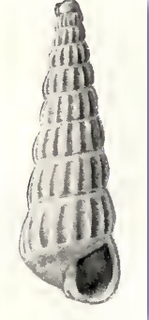
Turbonilla doredona is a species of sea snail, a marine gastropod mollusk in the family Pyramidellidae, the pyrams and their allies.

Turbonilla eva is a species of sea snail, a marine gastropod mollusk in the family Pyramidellidae, the pyrams and their allies.
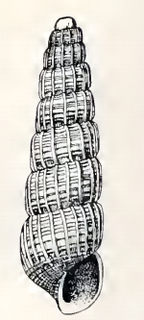
Turbonilla genilda is a species of sea snail, a marine gastropod mollusk in the family Pyramidellidae, the pyrams and their allies.
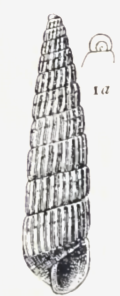
Turbonilla gracilior is a species of sea snail, a marine gastropod mollusk in the family Pyramidellidae, the pyrams and their allies.

Turbonilla guilleni is a species of sea snail, a marine gastropod mollusk in the family Pyramidellidae, the pyrams and their allies.
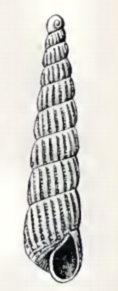
Turbonilla histias is a species of sea snail, a marine gastropod mollusk in the family Pyramidellidae, the pyrams and their allies.
Turbonilla lamna is a species of sea snail, a marine gastropod mollusk in the family Pyramidellidae, the pyrams and their allies.

Turbonilla lara is a species of sea snail, a marine gastropod mollusk in the family Pyramidellidae, the pyrams and their allies.
Turbonilla larunda is a species of sea snail, a marine gastropod mollusk in the family Pyramidellidae, the pyrams and their allies.
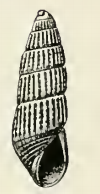
Turbonilla macra is a species of sea snail, a marine gastropod mollusk in the family Pyramidellidae, the pyrams and their allies.
Turbonilla mariana is a species of sea snail, a marine gastropod mollusk in the family Pyramidellidae, the pyrams and their allies.
Turbonilla marshalli is a species of sea snail, a marine gastropod mollusk in the family Pyramidellidae, the pyrams and their allies.
Turbonilla nuttingi is a species of sea snail, a marine gastropod mollusk in the family Pyramidellidae, the pyrams and their allies.










